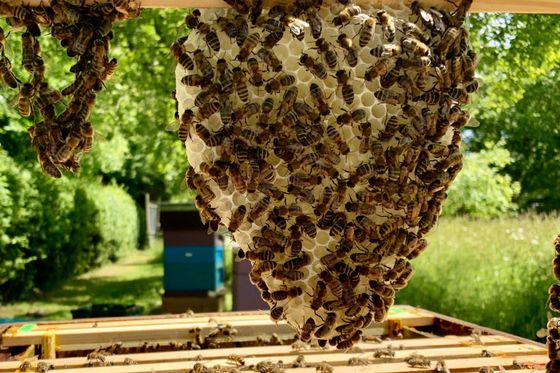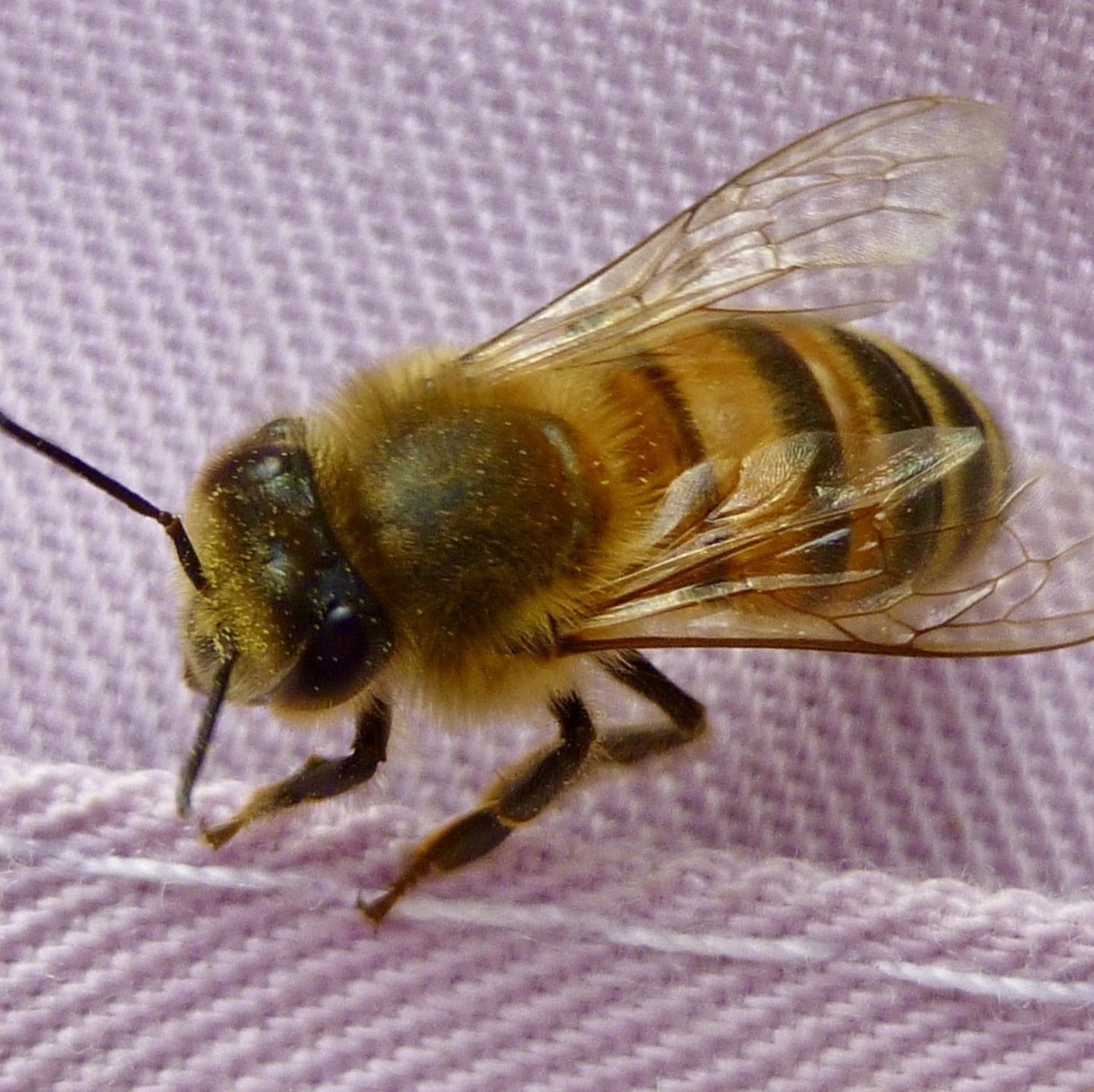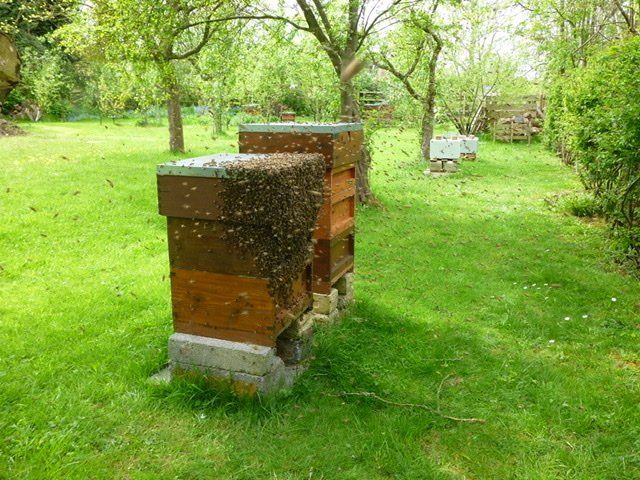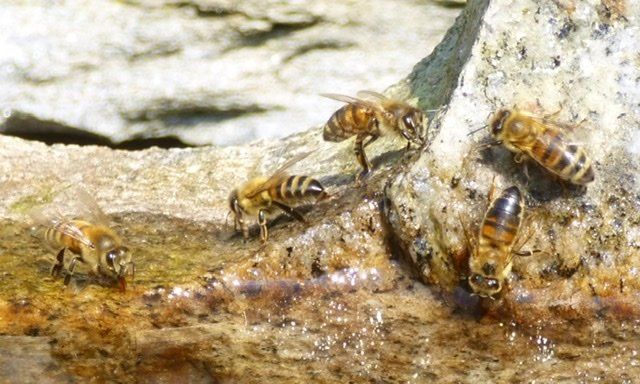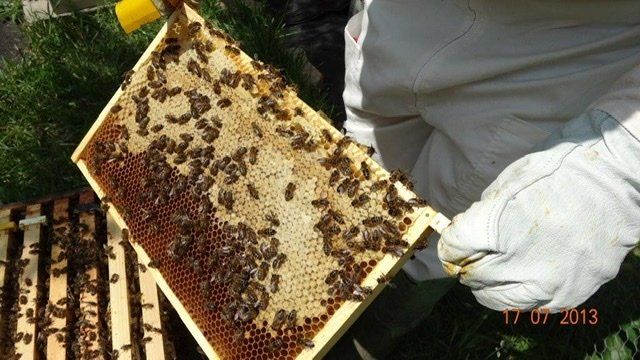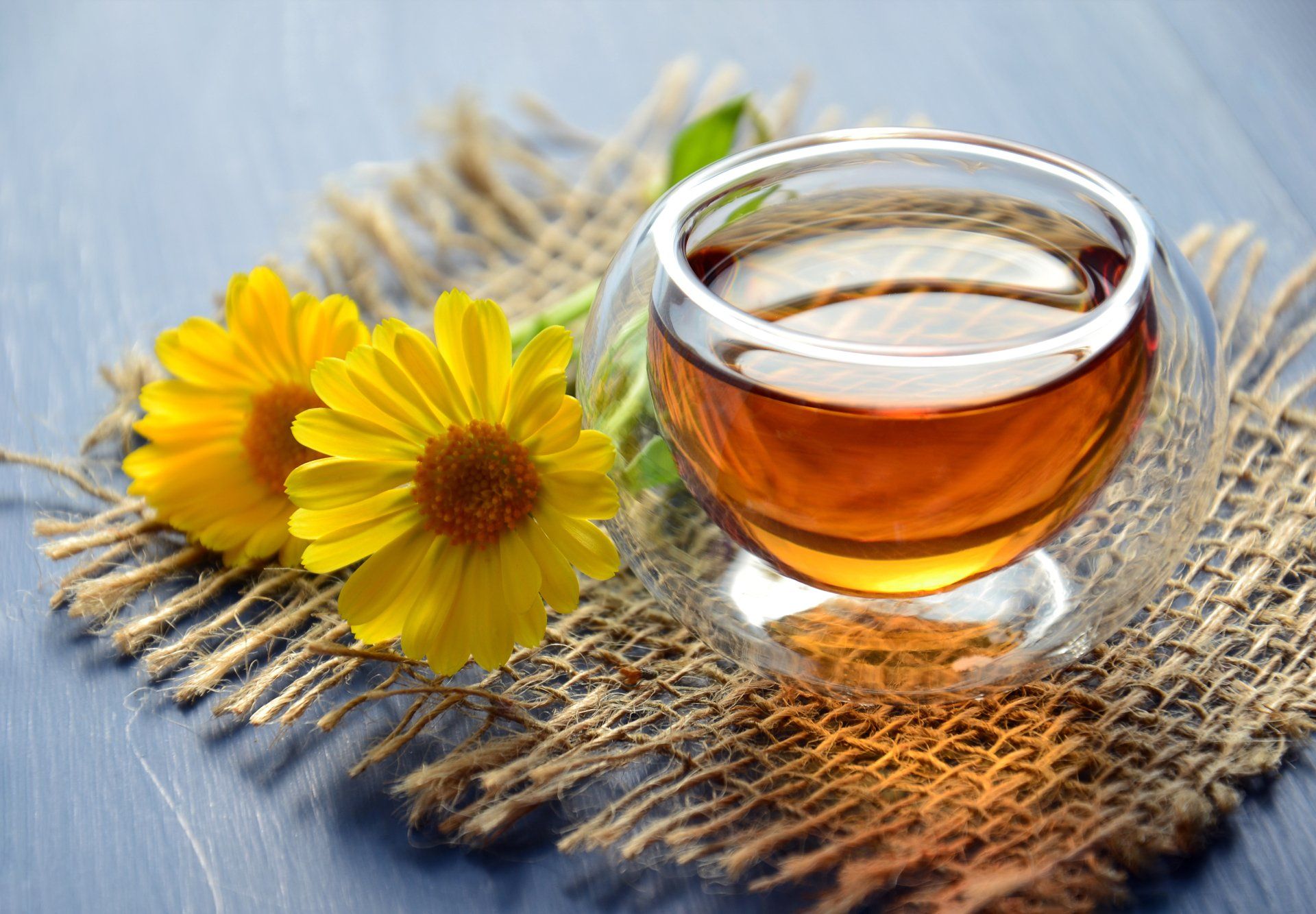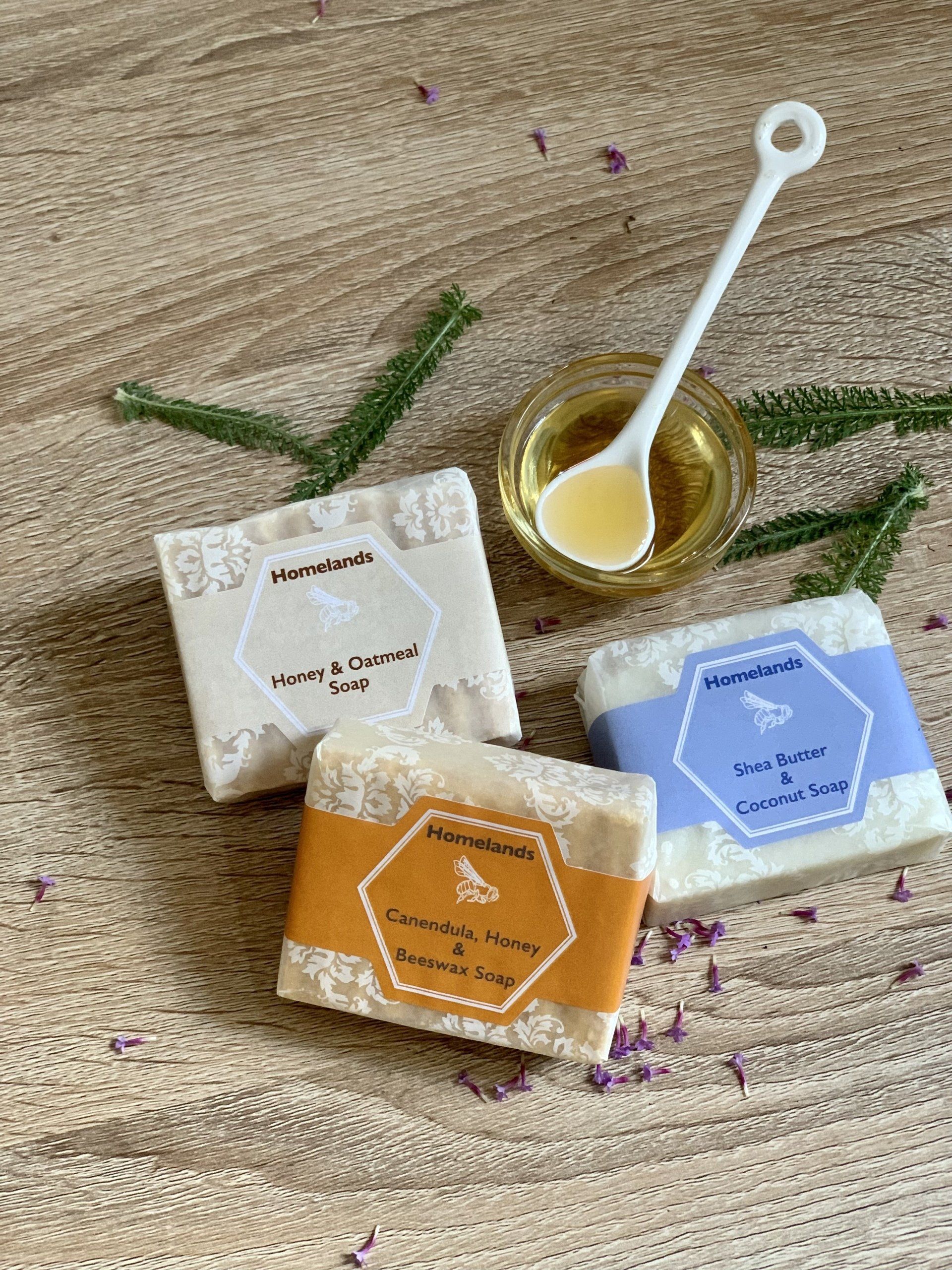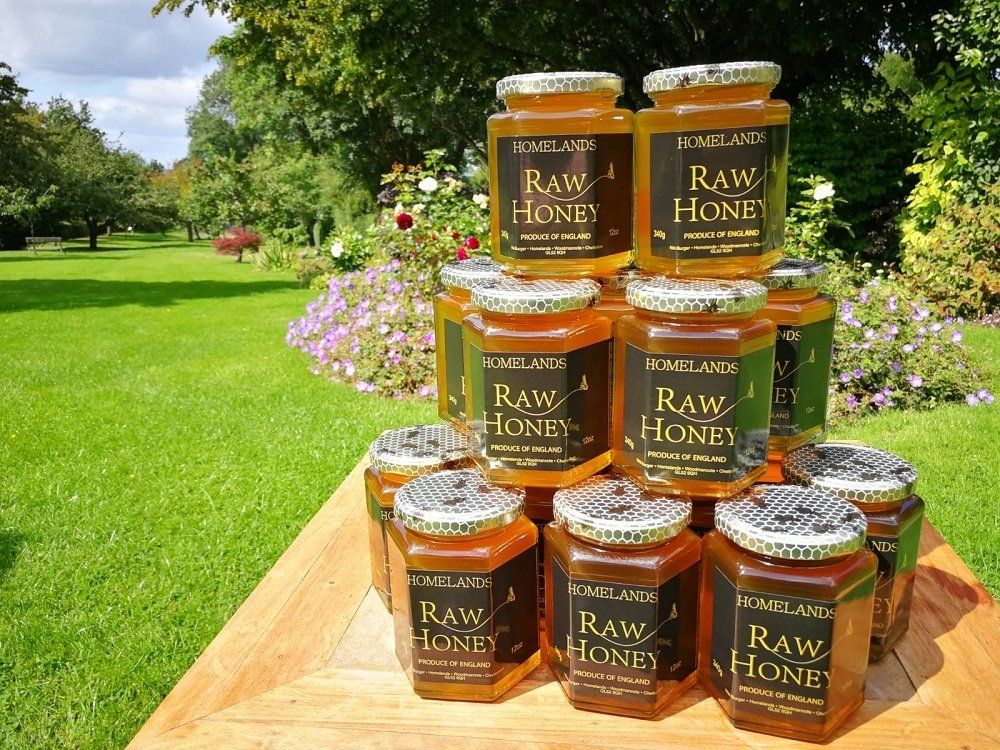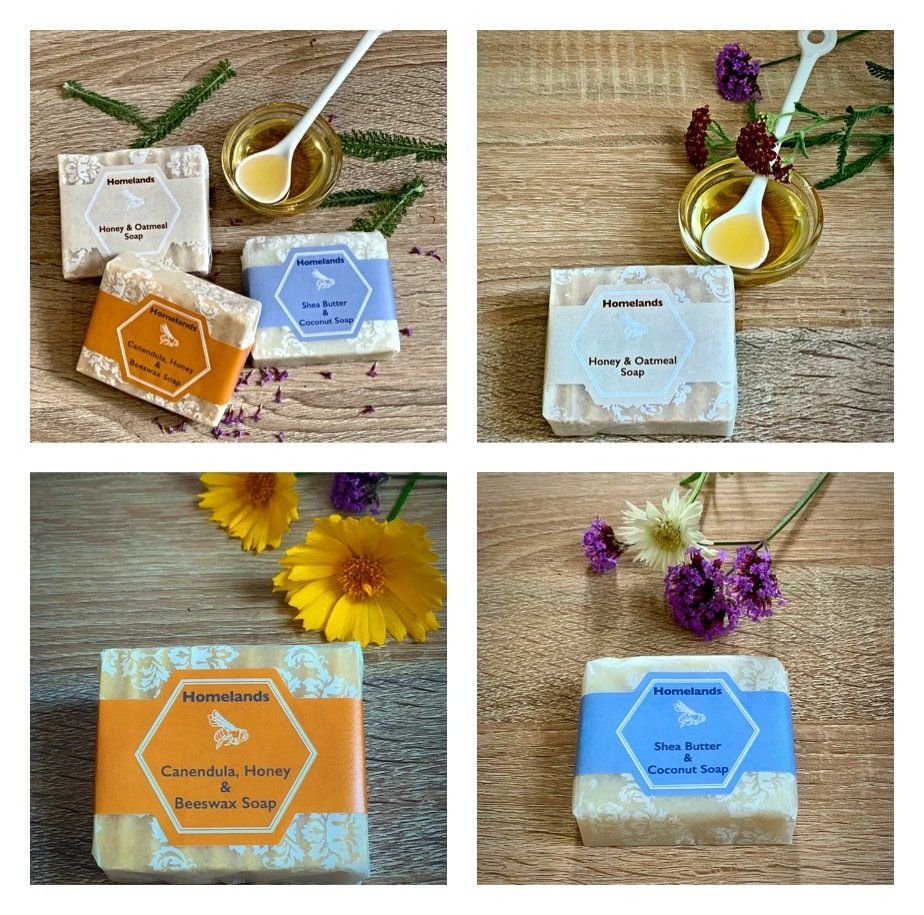Products
Natural Raw Honey
Raw honey is best described as honey “as it exists in the beehive”. Homelands honey is untreated. That means NO chemicals are used in our hives what so ever. It is not pasteurised and only lightly strained to retain all the natural goodness. It is extracted and bottled by hand in small batches.
Honey is much more than sweet sticky stuff, it is crafted by the bees from nectar which they collect from flowers and trees during the
Spring and Summer months from our apiaries around the Cotswolds. The bees also collect pollen from the flowers they visit and consequently some of this ends up in the honey. We want to keep as much of this good stuff in our honey as possible.This is what makes Homelands Honey a truly natural tasting honey.
Natural Handmade Soap
All our honey and beeswax soaps are handmade by us using the traditional cold process method. This is a method that has been used for thousands of years and is made by mixing an alkali ( also known as lye ) with water, then blending it with natural oils, honey, beeswax and fragrance oils. It then remains in the mould for twenty four hours to saponify (become soap ).
Finally it is cut into bars and cured for 4-6 weeks, this retains the natural
glycerin ensuring a deep creamy lather and a wonderful moisturising effect.
All of our soaps are palm-oil free, don't contain any nasty chemicals and have not been tested on animals (apart from ourselves).
Natural Beeswax
Candles
Beeswax is produced by younger worker bees and is secreted as small flakes from glands on the underside of their abdomen. These flakes are then chewed and moulded by the bees into the well known hexagonal shape that they use for raising their young and storing the honey.
When we harvest the honey, the top layer of wax that covers the cells must be removed from the frames so that the honey can be extracted. The wax is slowly melted down and then filtered to produce the finest wax which we use for our candles and in our soaps.
Most beeswax is gold or yellow in colour but can also come in shades of orange or brown. This is determined by the variety of plants the bees collect nectar and pollen from. This also gives the wax a delightful fragrance.
